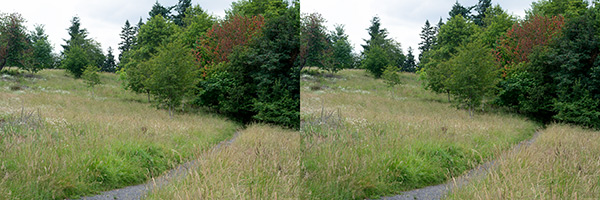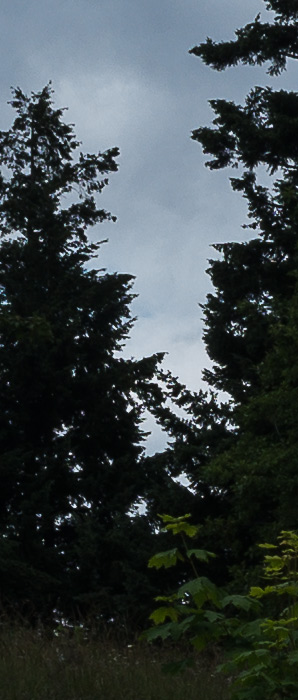The “Olympus Stylus Tough 3000” is not so tough inside. The zoom buttons are held together with some really flimsy plastic springs (highlighted and currently covered in a drop of crazy glue). I sure hope the OM-D is constructed better than this, because I want one someday.
The part that broke off is the round black thing that’s highlighted in the image. For reference those are about 2mm across. The plastic springs that both locate and return the round part are towards the middle. The spring to the right is what broke, allowing the round part to flop around under the rubber button panel. It could have destroyed other buttons too.
In fact, every button on the back of the camera is supported by a flimsy piece of plastic. Picture all the buttons being supported inside the way parts in a plastic model kit are attached to a big plastic ring. Yeah, like that, only 1/10th the size of that. Kinda disappointing to see this type of design/construction. I really think this is designed to wear out and break. This could break flopping around in a jeans pocket.
The only thing pleasant about taking this apart was discovering that the built in memory was just a microSD card in a slot.
See it there? It’s just right of center towards the bottom with a sharpie mark on it (from the factory, not me). There’s a plastic tab attached to the board, so that even if you take the whole board out, you’re discouraged from replacing the card. Well, an exacto fixed that! The card didn’t appear to have any important software on it, but it did appear to have some auto-run software that will give you a manual in your language. Copy that to a new bigger card and you can upgrade the internal memory! My guess is that it’ll take at least micro SDHC, which is good up to 32gb. I wouldn’t get too excited though, because the internal memory is accessed through an internal controller, which tends to be really slow. So it’s a good emergency thing, but of limited daily use.
Still, neat to know you can upgrade, huh? If you want to upgrade a camera that isn’t made to last. C’est la vie.
Oh, and yes, I did put this back together and it works fine now. I’m good like that.








